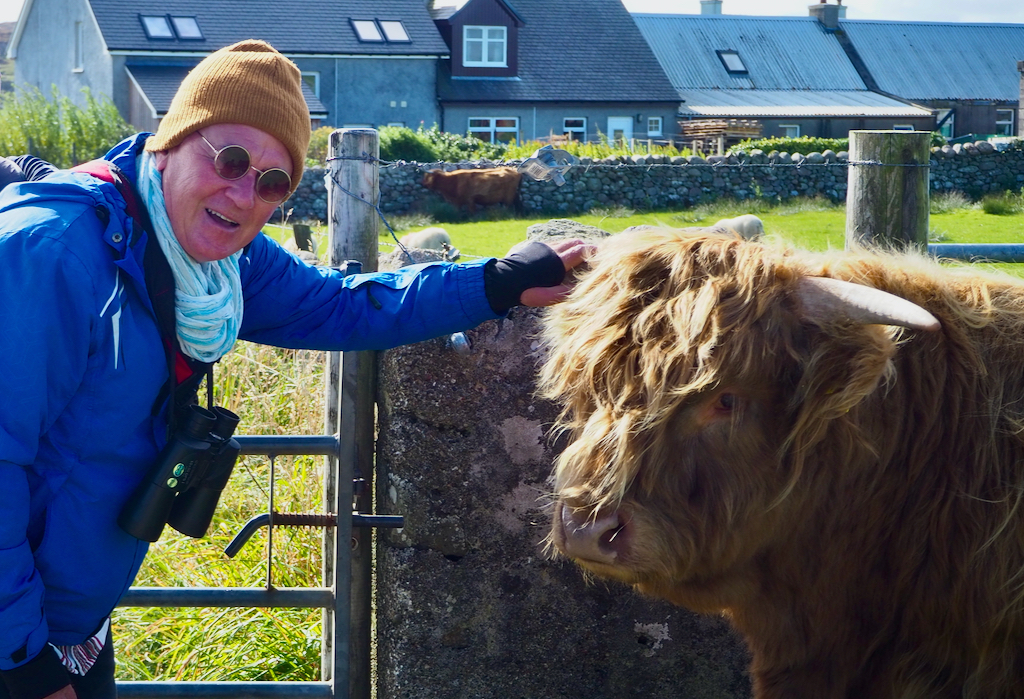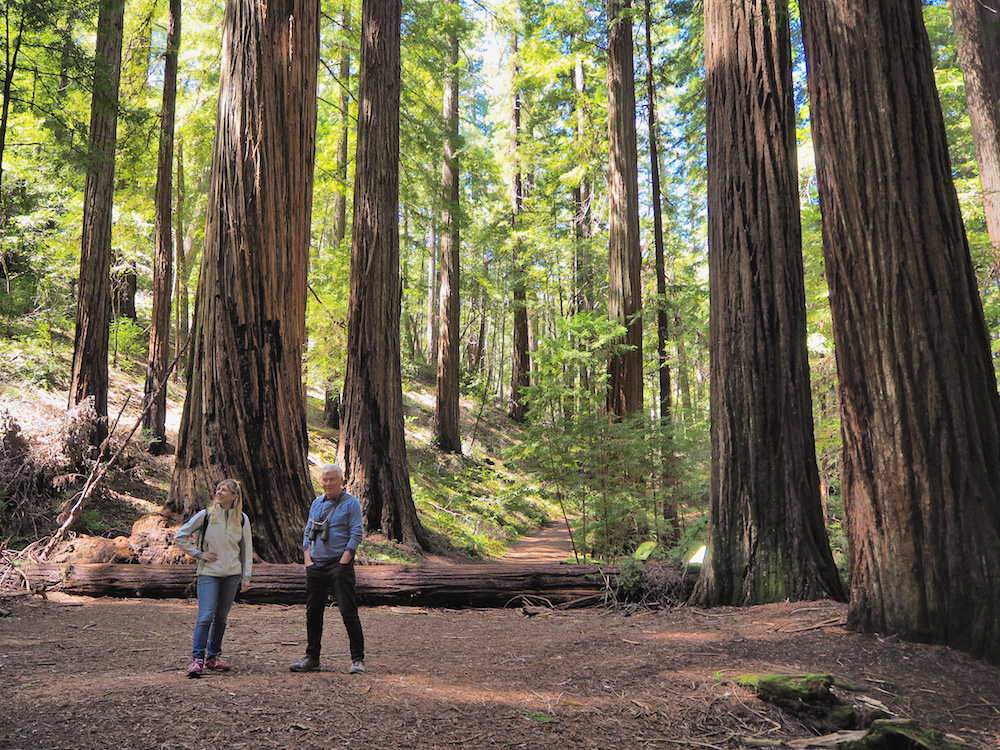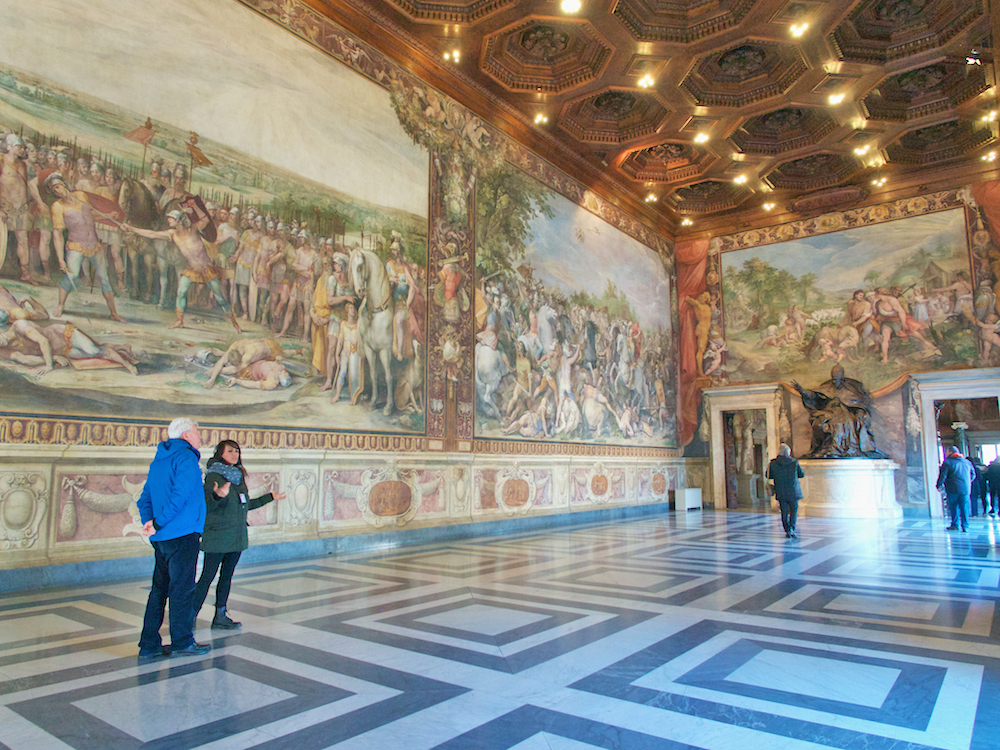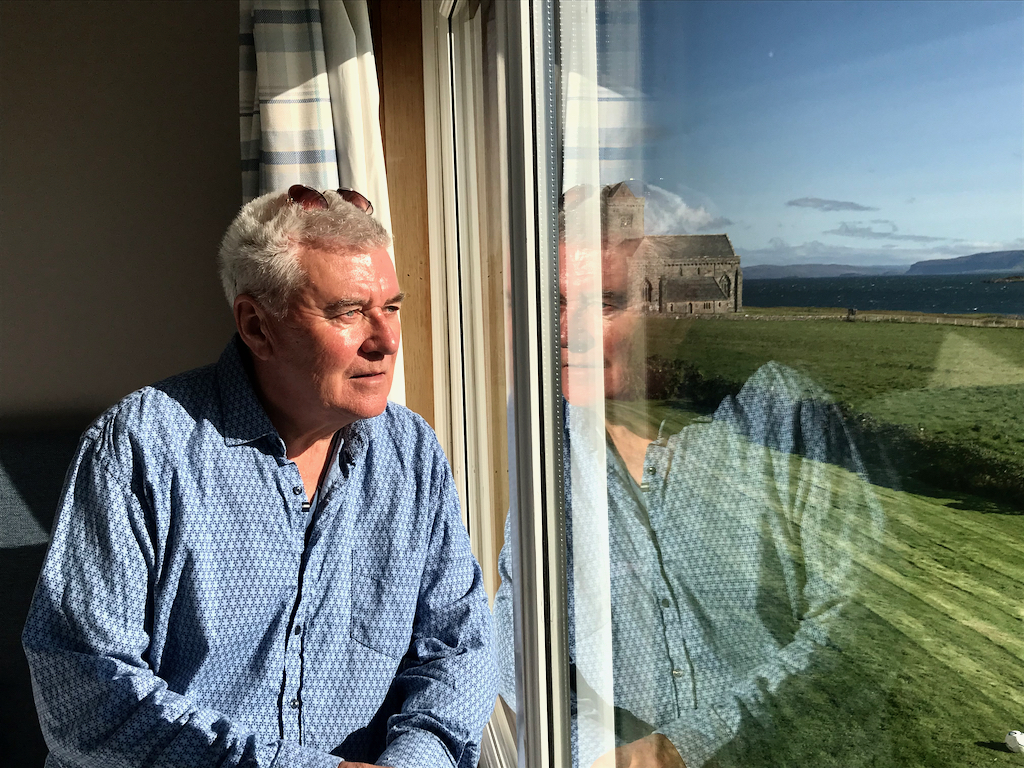Such is the headline on the inside label of a CD by supremely talented Donegal-based singer-songwriter-multi-instrumentalist Brí Carr and it ’s an extremely appropriate phrase.
For Brí is one of those naturally gifted artists who literally can turn a phrase into song and music as she did quite brilliantly during an evening of excellent entertainment on Culture Night recently that she hosted at Amharclann in Gaoth Dobhair, Donegal where she is that theatre’s first-ever Artist-in-Residence.
Taking a phrase from one of the writers attending international workshops that week hosted by ‘Ireland Writing Retreat,’ she transformed the words of Bernie Doody from Omagh into a spontaneous slice of music that left seated writers from countries as diverse as Germany, Ireland and the US gasping with admiration. You’ll also appreciate Brí’s many talents in doing this by listening to the short music video above taken that very evening.
Though Brí has been writing songs since the tender age of 16, she never performed publicly until she was in her 40s. That was due to part to derisory laughter she received by a man after she had penned a song to uplift the spirits of a close friend who had just found out she was pregnant. That song is entitled ‘Yesterday’ and, after listening, it is very hard to forgive the ignorance of the man whose only response was critical laughter.
But that is just one song in a wide-ranging portfolio created by Brí over the years and which feature on her CDs, namely ‘Full Circle/Rotha an tsaoil’ and ‘Roots/ Fréamhacha,’ as well as her singles.
Take, for example, ‘Smile Again,’ penned as a young college student in honour of her beloved Uncle John who left his native Arranmore Island in Donegal to work in the London tunnels in the summer of 1988 and sadly died just a few months later.
Extending the island theme, the place of her mother’s childhood, she then wrote ‘ Árainn Mhór,’ her first single, released in early November 2016, which captures the mystery, tradition and history of the island. It reached Nr. 3 in the Irish iTunes Charts in World Music that same week. Other songs in tribute to the island include ‘Ar an Oilean,’ ‘Where We Went To School’ and ‘Home To Shore.’
In late December 2016, her follow-up single, ‘My Father’s Legacy’ topped the charts in Easy Listening Music. It features a beautiful vocal from her then 7-year-old daughter, Caela.
Enjoying close family bonds, Brí dedicated at least three songs to her husband and children, whom she says “never fail to surprise me.” The songs include ‘How I Love Him,’ ‘Tog Mo Lamh Aris’ and ‘Bealach an tSaoil.’
Aside from song-writing, Brí, a teacher, is heavily involved in arts education.
“As a job-sharing resource teacher in Lurgybrack NS, I’m extremely fortunate in that I can develop and build upon my facilitation skills in and out of the classroom,” she states on her website. “To date I have enjoyed working with the children and staff of my own school on various school projects, from our LucyBarney School TV, Seachtain Na Gaeilge, Scór, RTE Junior and after-school music and drama. We have recorded albums for ourselves and with the Goats Don’t Shave as part of charity projects.”
Brí’s activities are multi-level. “I enjoy regular interactive workshops with other schools, mainly facilitated by Donegal County Library as part of WainFest, Ireland Reads and Spring into Storytime, which I thoroughly enjoy as it gives me the opportunity to teach and learn from students and teachers from Junior Infants all the way to Leaving Cert, creating and collaborating on new ideas, methodologies and cross-curricular activities,” she said.
As part of Peace IV, Brí was facilitator and director of several inter-school music, art and drama projects from Derry to Dunfanaghy, creating stories, exploring local heritage and cultures, bringing lively performances to the stage in Ozanam Centre, Dunfanaghy, the Workhouse, Dunfanaghy, An Grianan Theatre, Letterkenny and Relay for Life Donegal.
“Collaborating with Donegal Education Centre, Donegal Women’s Centre and local schools helps me keep focus on the curriculum, and come up with new ideas for implementation in a fun and educational way,” she said.
Brí is also deeply involved in other organisations and initiatives including Blue Ribbon Arts, the Wider Horizons Project USA and Wild Atlantic Women, to name but a few. A manual by her in both Irish and English will soon be published entitled ‘The Big Blue Ribbon Book of Drama.’

Her book is filled with almost thirty years of Arts in Education games, ideas and inspiration to aid fellow teachers in delivering Drama and SPHE games. She also created the ‘Ready to Rock Music Programme’ for Primary schools with CJ Fallons and is a member of ‘Wild Atlantic Women,’ a group of Donegal’s finest female artists in a wide range of genres from folk to country, traditional to modern who she said, “decided to join their voices in support of all thing Donegal.”
As for being Amharclann’s first Artist-in-Residence, pride oozes from her. “It is an honour and a privilege for me as both an artist and as a lover of west Donegal culture, language and heritage,” she said. “I have thoroughly enjoyed the opportunities and challenges coming out of the Covid era, as people are beginning to re-emerge and embrace life in a careful, cautious way. What better way than through the arts, between concerts, exhibitions theatre, music and drama all of which are rich and abundant in the Rosses and Gweedore communities. I have been blessed with support of all ideas during the year, and as well as Oíche Chultúr, there has already been a great many stand out moments that I’ll carry with me on to the next phase of my journeys via writing, performance and community involvement.”
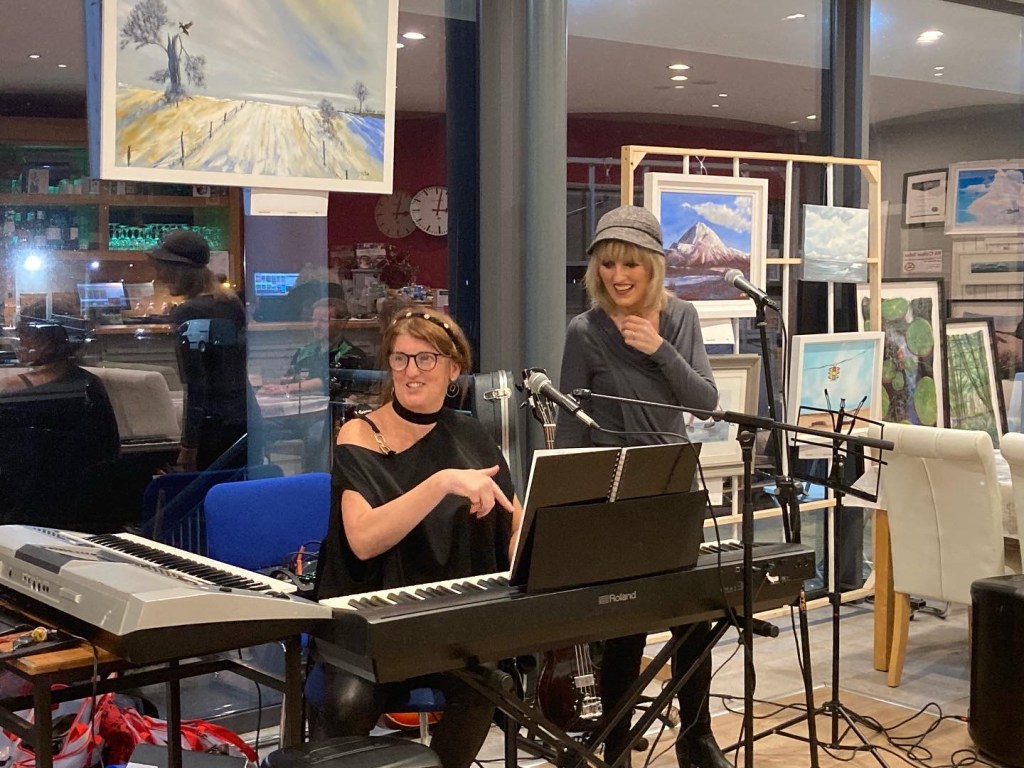
Brí is thankful for the opportunities she has been offered.
“I can never thank the people of Gweedore, and in particular Coiste Amharclann, for giving me this platform to further explore my work, my art and most of all, my self belief. I’ve had such growth, nurtured many new friendships and been part of countless amazing memories. I’m really excited about all the projects so far and will definitely be rowing in behind the next recipient of Artist-in-Residence, if they’ll have me, to further develop as an artist , engage more with the local community and continue my commitment to Amharclann in the years to come.”
It is certainly no surprise to learn about Brí’s favourite motto: ‘Lots to learn lots to do.’




